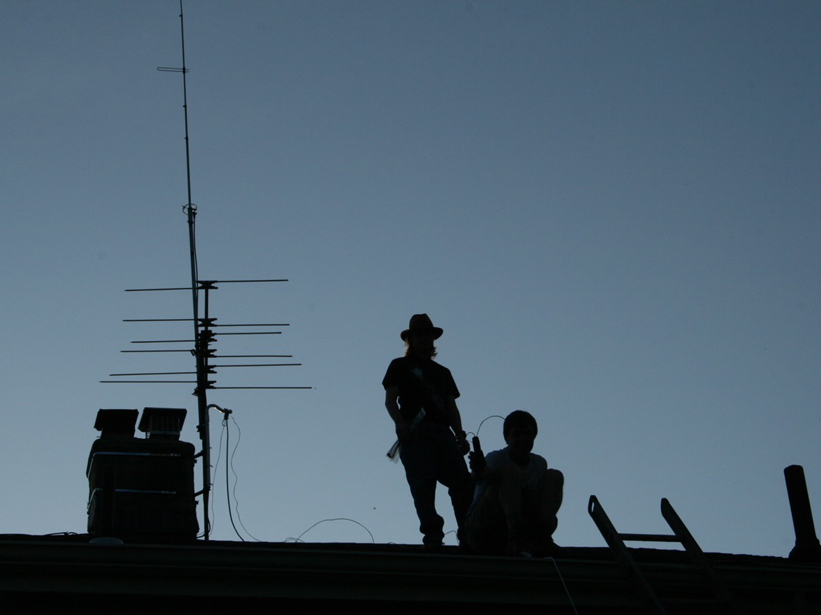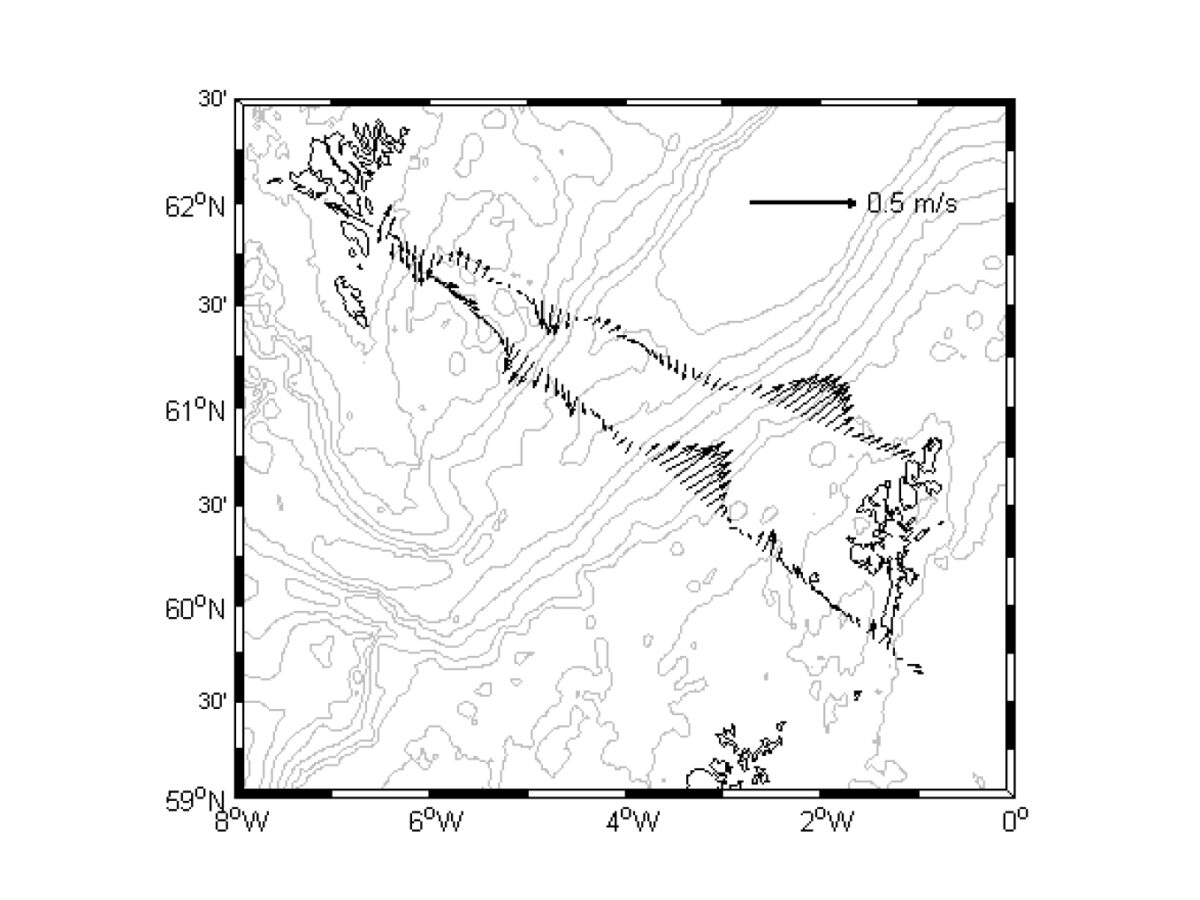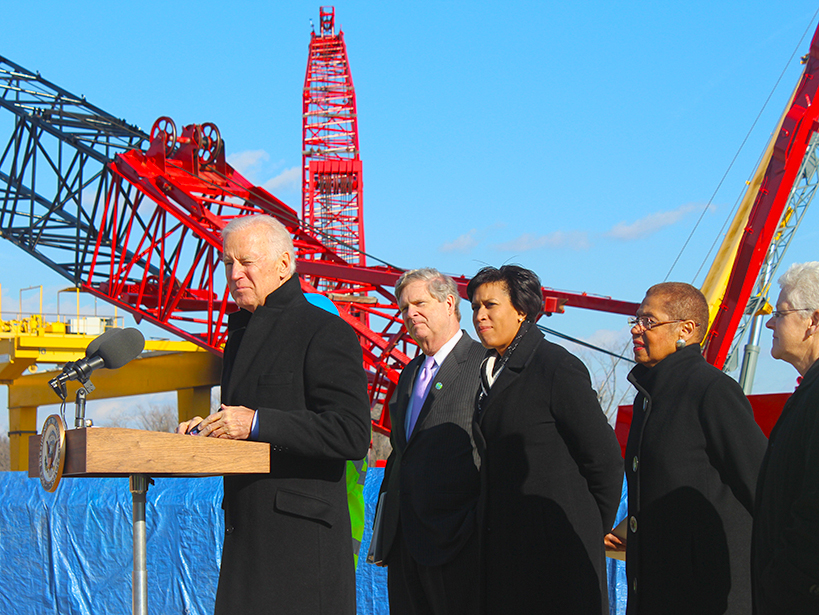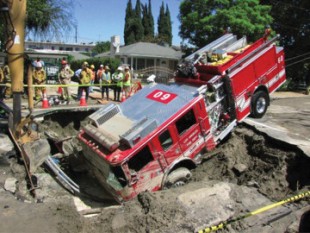Analysis of lightning within a February 2011 snowstorm reveals that 73% of lightning flashes occurred close to tall, human-built structures.
hardware & infrastructure
Radio Blackout! Ham Radio as an Operational and Scientific Instrument
Monitoring solar activity that disrupts communications can be helped by crowdsourced and automated reports from amateur radio operators.
Study Stresses Ocean Science Priorities and Budget Rebalance
With infrastructure costs eating into research programs at the National Science Foundation's Division of Ocean Sciences, a new report urges a rebalance of funding and a focus on science priorities.
A Ferry Keeps Tabs on Water Headed Northward Near Iceland
A ferry's routine trips from Iceland to Europe provide the most detailed account of the region's water flow.
D. C. Project Aims to Cut Most Storm Water Runoff Problems
The Clean Rivers Project aims to dramatically reduce combined sewage overflows into D. C.’s waterways, improving water quality while also promoting resilience to climate change.
Science and Cyberinfrastructure: The Chicken and Egg Problem
To balance the needs of science and technology, initiatives to develop visual, georeferenced, semantically enabled data repositories should focus on technical bottlenecks to scientific exploration.
Measuring Rainfall in West Africa Using Cellular Networks
Scientists demonstrated that rainfall can be monitored using the network of cellular towers throughout West Africa.
A Deep Cabled Observatory: Biology and Physics in the Abyss
The ALOHA Cabled Observatory, located 100 kilometers north of Oahu, is enabling a variety of studies of the biology and physics of the deep ocean.
Epidemiology Can Help Predict Urban Water System Failures
How are broken water pipes like fatalities in a heat wave? Researchers look to an epidemiological model to better care for infrastructure.







